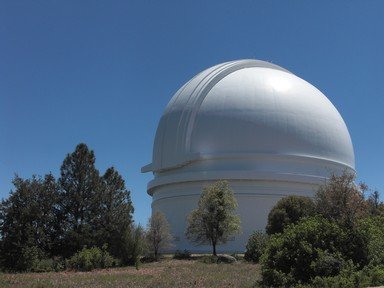
Under A Microscope! Trivia Quiz
This microscope reminds me of the kind I used in college back in the day. Want to take a trip down memory lane with me to see what you remember? Come on!
A label quiz
by ponycargirl.
Estimated time: 3 mins.


| 1. |
| 2. |
| 3. |
| 4. |
| 5. |
| 6. |
| 7. |
| 8. |
| 9. |
| 10. |